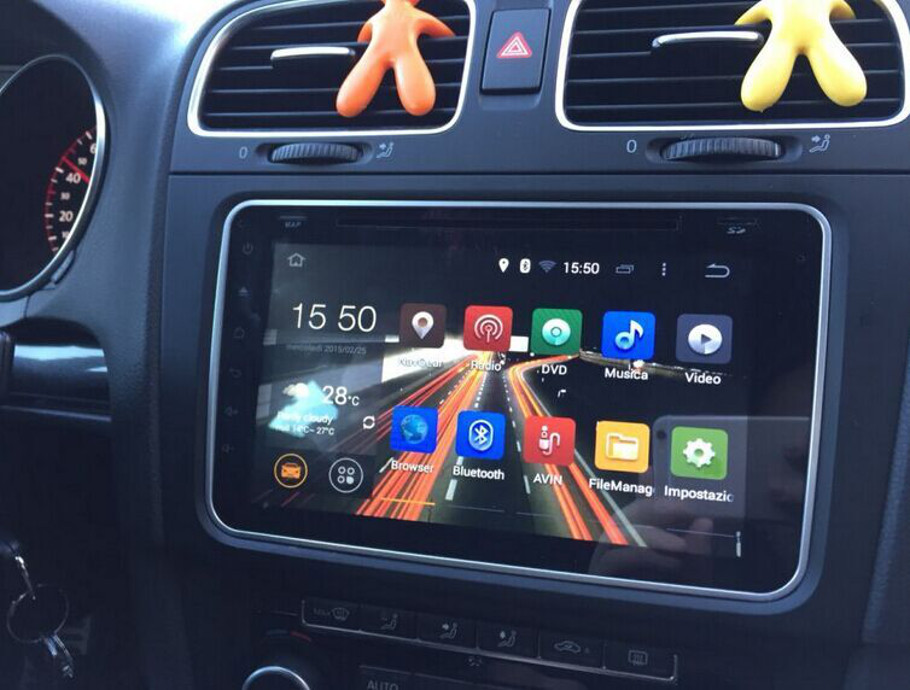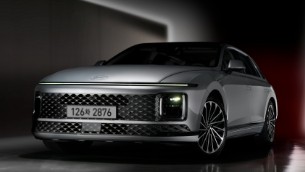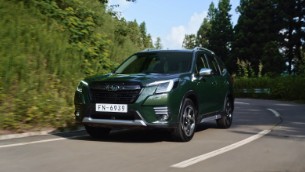Choosing Head Units
 It's often called a radio, but a "head unit" is a perhaps a better term for this audio component since it is the brains and command center for a car's sound system. The head unit is usually located on the dash and allows you to choose things like: what station to listen to, the music volume, what song you wish to hear - along with many other functions. Here's an in-depth look at the various elements that make up today's automotive head units.
The Tuner
It's often called a radio, but a "head unit" is a perhaps a better term for this audio component since it is the brains and command center for a car's sound system. The head unit is usually located on the dash and allows you to choose things like: what station to listen to, the music volume, what song you wish to hear - along with many other functions. Here's an in-depth look at the various elements that make up today's automotive head units.
The Tuner
In the early days, the only entertainment option in your car was to tune in a radio signal — hence the name "tuner." Today's, tuners vary from simple to complex and allow you to select AM and FM stations and in some cases, several digital formats. Digital formats are preferred by some because they provide audiophile quality sound that is free from analog noise.
The first of these digital formats are the satellite-based systems such as Sirius and XM. These are subscription-based services that offer hundreds of channels of programming. Because the systems are digital, the stations don't fade the way AM and FM does as you drive away from a transmission area, and the sound is very high quality. Another digital format is HD Radio. Generally located in metropolitan areas, HD signals are a high-quality digital simulcast of standard analog AM or FM programming. Some stations also broadcast completely separate programming on sub-frequencies that are only available with an HD tuner.
Disc-Based Music Sources
Car head units also play recorded material from various sources. Many units still allow one to play CDs and MP3 music files that have been burned onto discs. Some head units also have a built-in hard-disk drive that can store music files transferred from a CD or DVD. Disc-based storage formats are still popular but many users today prefer iPod-type portable sources.
Portable Music Sources
Virtually all modern head units today offer some way to integrate portable music players like the iPod into a car's audio system and control them through the head unit. The most basic connector is the "aux-in jack." You plug an inexpensive accessory cable into the aux-in jack, which in turn connects to the headphone jack of an iPod or other music player. A better way to connect a portable music player is via a USB port. In most cases, you can operate the device using the head unit's controls. The battery will also be charged when it's connected via USB. Most cars with USB ports will play music files directly from a USB thumb-type memory drive as well.
Bluetooth
Finally, a technology called Bluetooth audio can wirelessly send music files from a compatible device to the car's audio system. Bluetooth capability also allows for hands-free phoning and you can hear a caller's voice over the sound system's speakers. There's a caveat with Bluetooth, however: The controls are limited to basic functions such as play/pause and track-skip forward/back, and the head unit usually doesn't show source-related information such as an artist or song names.
Controls
In addition to operating the selected audio source, the head unit can also tailor the sound with bass and treble controls or with a built-in equalizer. Higher-end head units also use sophisticated digital signal processing (DSP) technology to further shape the sound and control the ambient noise that's common in a car's interior cabin. Many car audio systems have volume controls on the steering wheel that can change radio stations or music tracks. Some head units have circuitry that allows driver to operate an audio system via voice commands.
When looking to purchase a head unit for your car's audio system, Georgiacdj.com suggests that you do your research and make sure you choose a unit that meets all your needs. The good news is that head units are a very popular product today so the variety is vast and prices are reasonable.
Article Source: Georgia Chrysler Dodge Jeep Ram










